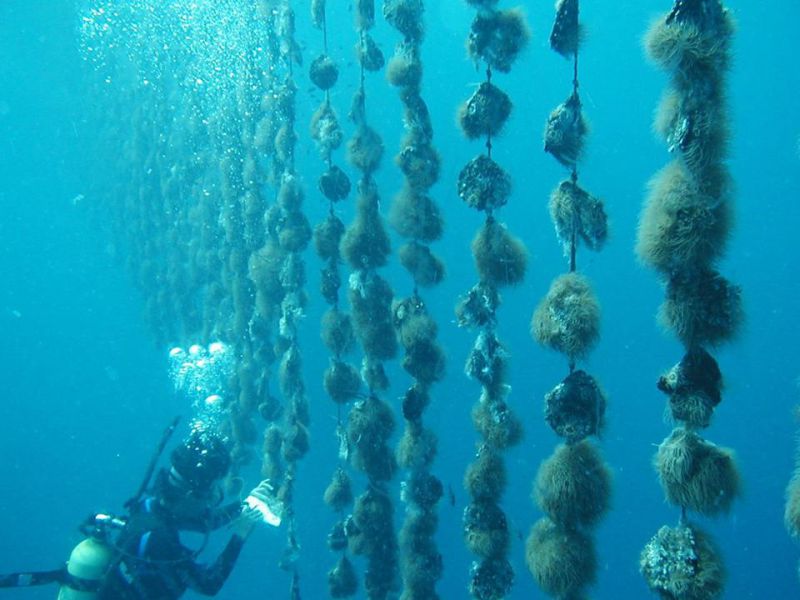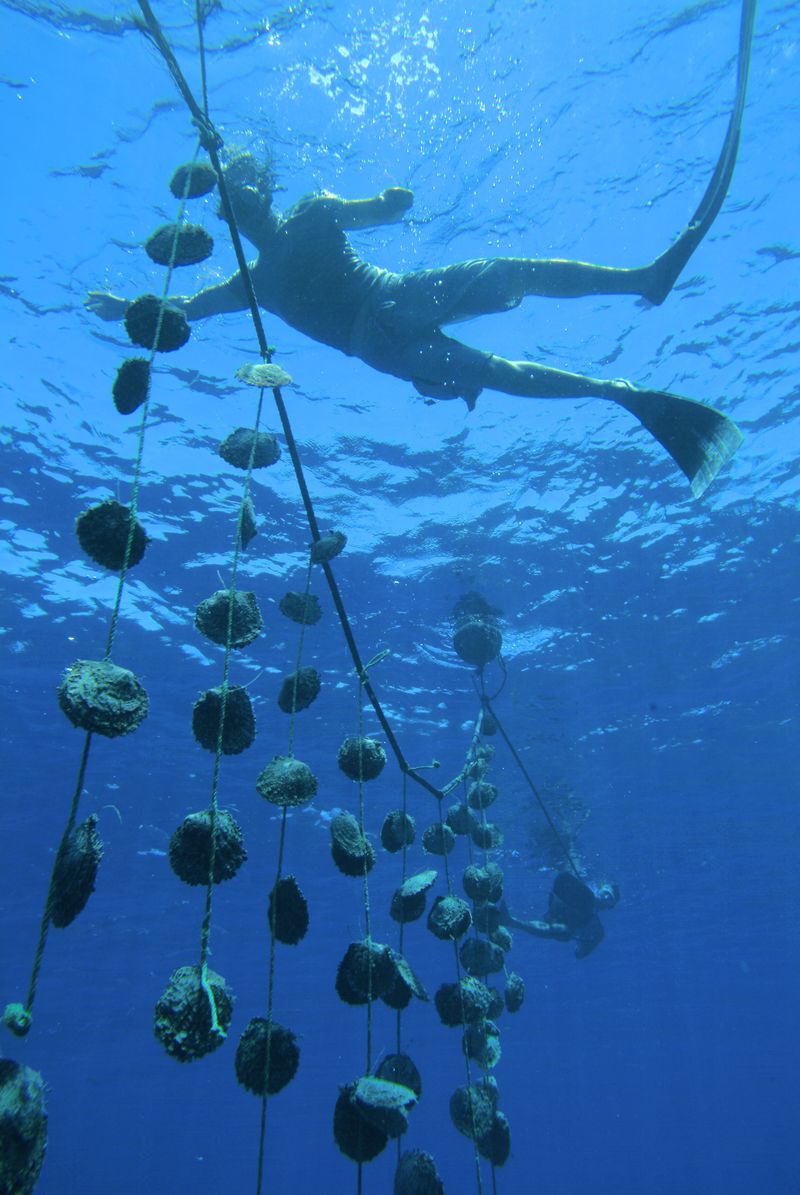The Marine Perliculture
Pearl farming is the process of growing pearls. Thanks to this process, thousands of pearls are grown and produced by oysters each year. However, pearl farming is still unknown in France because there is no pearl farm in the metropolis. However, it is necessary to remember that French Polynesia is one of the largest producers and exporters of Tahitian pearls in the world. So here's a little guide to explain what pearl farming is, how it works, what the figures are related to pearl farming today and what is the history of pearl farming.
The history of pearl farming
For thousands of years men have been fascinated by marine pearls. Thus, these were priceless and were owned by kings and queens. Pearl culture did not yet exist. To obtain pearls, you had to send an expedition to the Pacific Ocean from the United States or through Africa. This expedition, which was very risky, made it possible to reach the Pacific Islands and trade with the natives. Indeed, they had a great deal of expertise in the "fishing" of pearls. This consists of diving to find good quality oysters to recover the beads inside. This was facilitated by the presence of high-density areas of oysters in some parts of the sea, especially near the islands. At the beginning of the 20th century a Frenchman and a Swede conducted research to develop a technique for growing pearls. This technique was later abandoned and it was not until the early 1950s that Japanese people became interested. These will then optimize and improve the research of our two European researchers. The Japanese thus became the first to master the cultivation of pearls.
How does pearl farming work?
So we're going to ask ourselves now how this innovation in Japan works and what it is first.
Pearl farming consists of large-scale production of marine pearls. The marine pearl is produced by an oyster, in an oyster more precisely. By introducing an irritating object into the oyster, it will seek to protect itself from the object by surrounding it with a layer of limestone, the mother-of-pearl. This layer of limestone will be the precious pearl.
The quality of the pearls is very much linked to the quality of the oyster that contains it. In fact, it determines the size, but also the shape and brilliance of the pearl. The bigger an oyster, the bigger the pearl will be. The smaller an oyster, the smaller its pearl will be but it's going to have a bright mother-of-pearl. This complexity of the factors involved is very difficult to master and leaves much of the production process to chance. Thus, more than ten per cent of pearl oysters do not produce or lose their pearl during the gestation period.
The gestation of an oyster is the time it takes to produce its pearl. This time can vary from ten months for the fastest to more than thirty months for the longest gestation times. These include oysters from Australia that have a gestation time of more than thirty months.
This gestation time is often related to the thickness of the mother-of-pearl. However, the thickness of the mother-of-pearl is not related to its brightness but rather to its life expectancy. Thus, a pearl will degrade over time. The thicker the mother-of-pearl of a pearl, the less this degradation due to time will be significant.
Today, oysters containing pearls are grown on wires in the sea. These oyster rosaries can carry several dozen oysters.
After the producer has recovered his pearls, a cleaning and drying time is necessary to make the pearl more beautiful but always naturally.
Finally, comes the time for expertise.

Figures for pearl farming and pearl farming today
Pearl farming is now one of the main markets for Pacific Islanders to live. Buying these pearls is therefore a gesture of support to these rather poor populations. It is now estimated that French Polynesia is the largest producer of marine pearls in the world. Then comes Japan and Australia.
However, Australia has the largest production in terms of crop value. Australian pearls are rarer but are worth more because they are of better quality.
Each island producing pearls has now specialized in the production of a single type of pearl and thus the cultivation of a single oyster. Indeed, each sea and marine environment has its own characteristics that form a unique environment.
Thus, each island has pearls with characteristics of their own. For example, in Tahiti the beads are average with rather original colors like black or green as well as shades of blue and sometimes pink. In Japan, pearls are smaller and whiter. The pearls of Japan also have a radiant brilliance.

